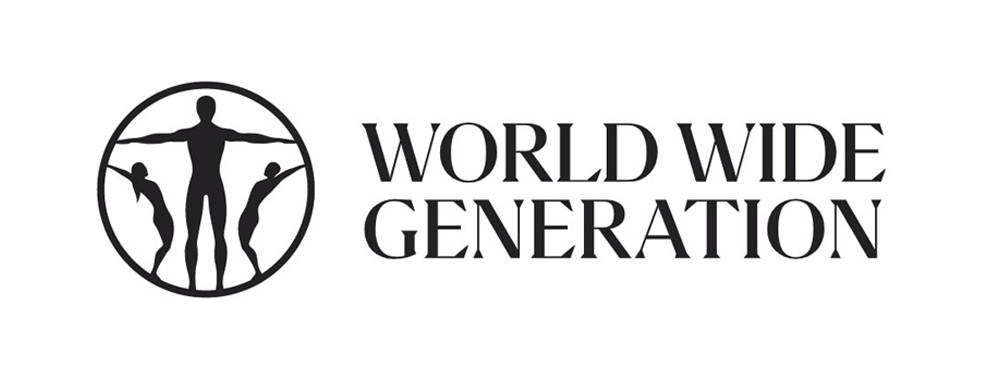Benefits and Opportunities
Regulatory Compliance
Many regions and countries have regulations and policies targeting GHG emissions reduction. Conducting GHG assessments helps companies comply with these regulations and avoid potential fines or legal issues.
Reputation and Brand Value
Companies that actively manage and reduce their GHG emissions are often viewed more favourably by consumers, investors, and stakeholders. This enhanced reputation can translate into increased brand value and customer loyalty.
Operational Efficiency
GHG assessments can identify areas where energy and resources are being wasted. Addressing these inefficiencies not only reduces emissions but also leads to cost savings.
Risk Management
Understanding a company's GHG emissions profile can help in identifying risks related to climate change and environmental regulations. This knowledge allows companies to develop strategies to mitigate these risks.
Investment and Funding Opportunities
Companies that demonstrate a commitment to reducing their GHG emissions have better access to investment and funding opportunities, especially those focused on sustainability.
Market Competitiveness
In many sectors, sustainability and low carbon operations are increasingly becoming factors in competitive advantage. Companies leading in GHG management have an edge over their competitors.
Innovation and Long-Term Planning
The process of assessing and managing GHG emissions drives innovation in products and processes. It also supports long-term strategic planning by aligning business practices with the global shift towards a low-carbon economy.
Stakeholder Engagement and Communication
GHG assessments provide concrete data that companies can use in communicating with stakeholders about their environmental impact and sustainability efforts




Consultancy Scope of Work
Develop GHG Inventory (Scope 1, 2, and Scope 3)
● Define the GHG Accounting Boundary for Scope 1, 2, & 3.
● Collect relevant GHG inventory data for scope 1 & 2.
● Scope 3 - Screen and prioritise the most relevant categories (out of 15) based on the customer's supply chain.
● Collect relevant Scope 3 categories inventory data and, where necessary, estimate it.
● Compile the inventory for Scope 1, 2, & 3.
Develop Reduction Targets
● Identify emission hotspots.
● Suggest emission reduction target scenarios and agree on target ambitions with internal stakeholders.
● Finalise Targets.
SBTi Validation Support
● Complete the SBTi Submission form.
● Submit the target to SBTi (Note: Fee for SBTi will be paid by the customer).
● Provide support throughout the SBTi process.
Roadmap and Best Practices
● Develop a roadmap for the customer to meet the target trajectory.
● Recommend various best practices/solutions/initiatives to reduce emission impac
How It Works
Qualification
Review the criteria below and see if your organisation qualifies.
Application
Submit an application detailing your sustainability goals, practices, and commitment.
Selection
Our team evaluates applications against set criteria and selects qualifying organisations.
Consultancy
We will conduct a thorough GHG assessment as per the scope of work.
Insights
Receive a detailed report, including insights and actionable recommendations to propel your sustainability journey.
Qualification Criteria
Be based or have significant operations within the UAE or KSA regions.
Demonstrate a genuine interest in improving their sustainability practices.
The program is only for large-sized entities that can influence the market and have a considerable environmental footprint.
Belong to sectors with high environmental impacts or have the potential for significant sustainability improvements.
Be willing and able to provide the necessary data for a comprehensive sustainability assessment.
Commit to engaging with the results of the assessment and considering the implementation of recommendations.
Apply Now
Take the first step towards a sustainable transformation.
Click here to see common inquiries about the program






